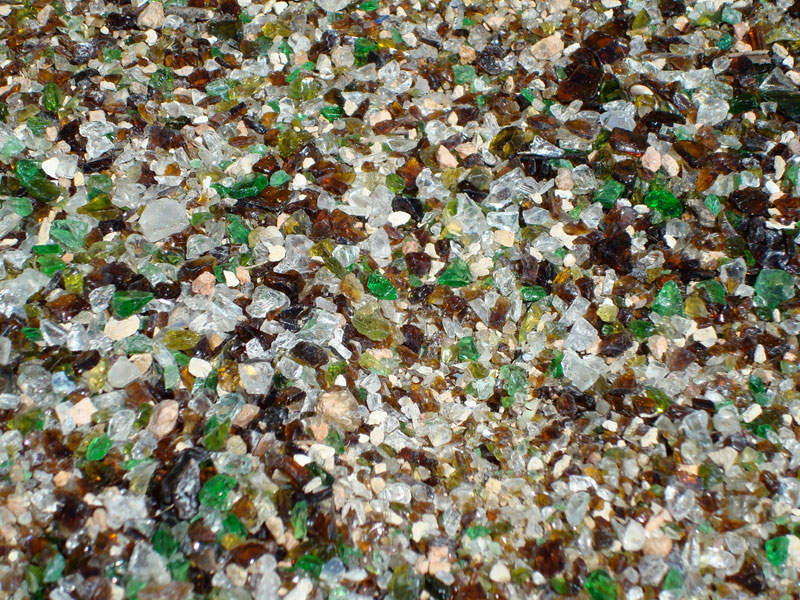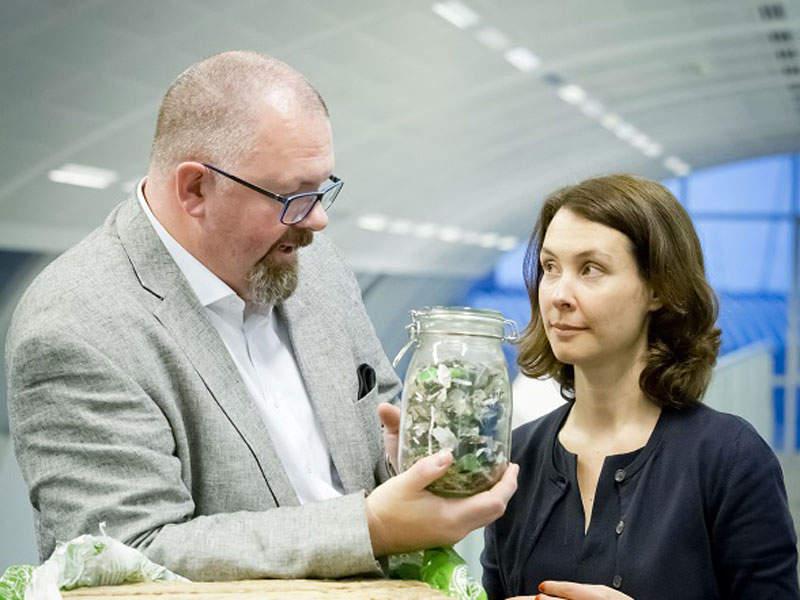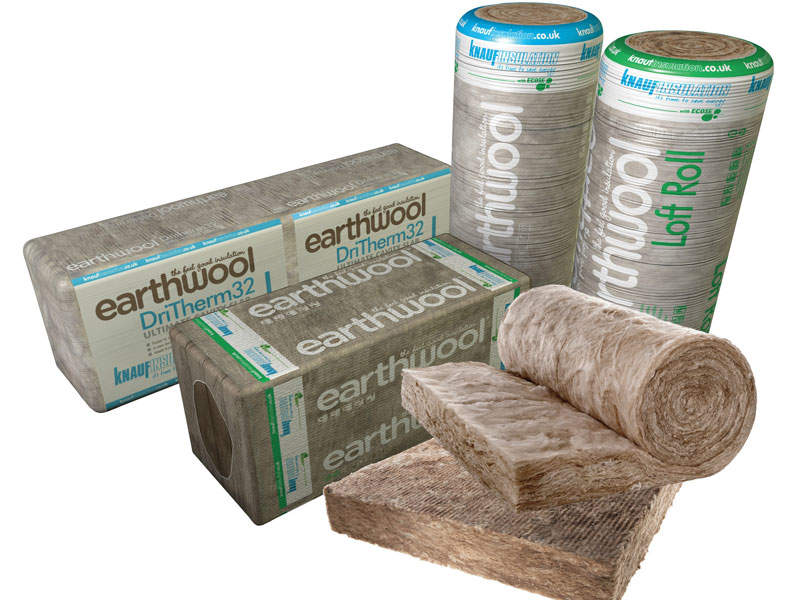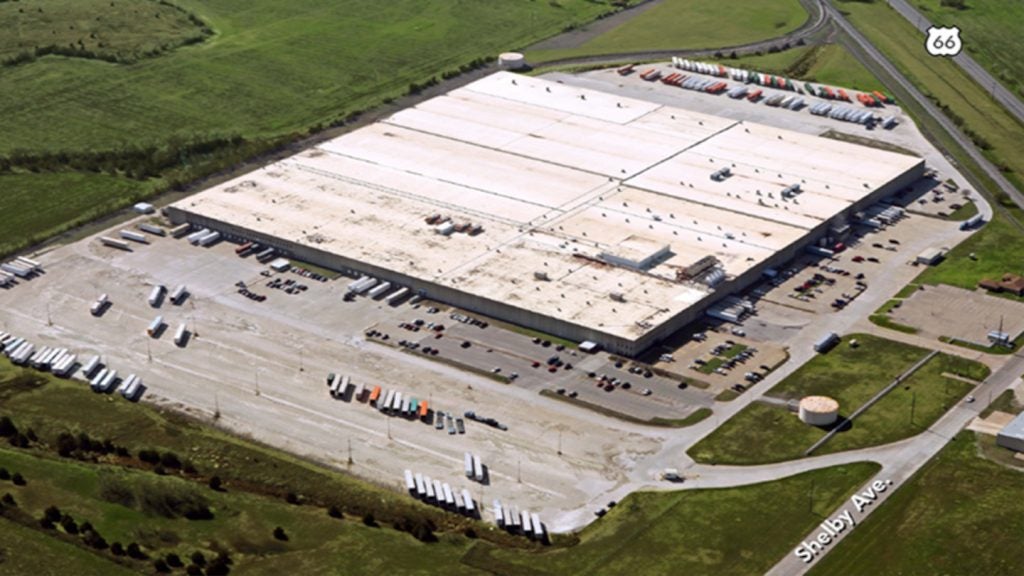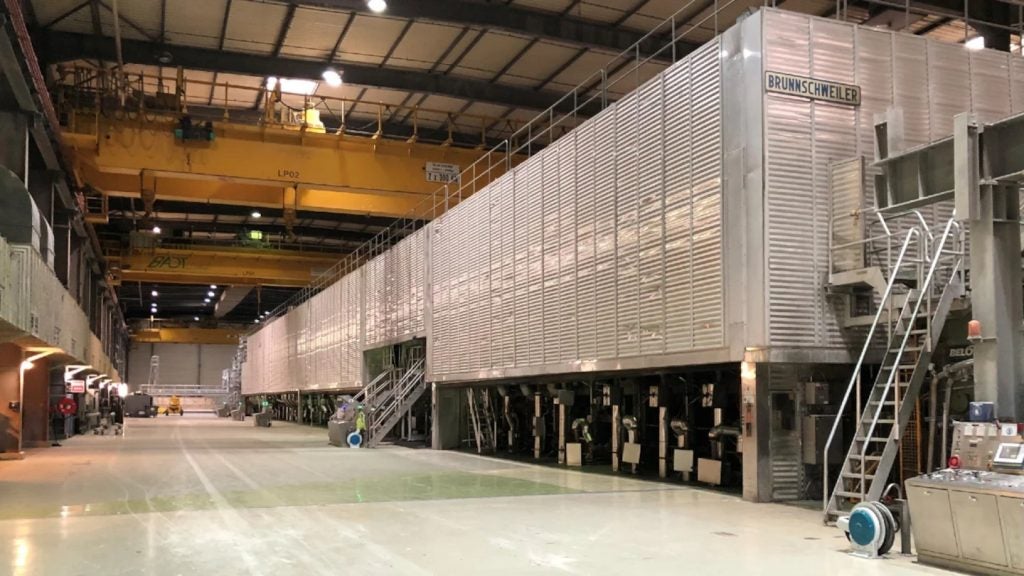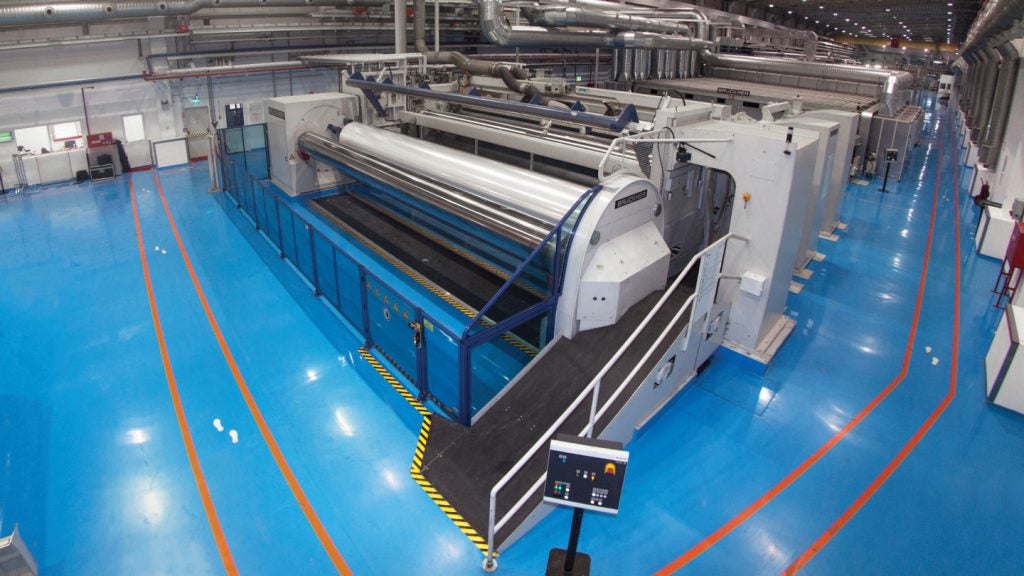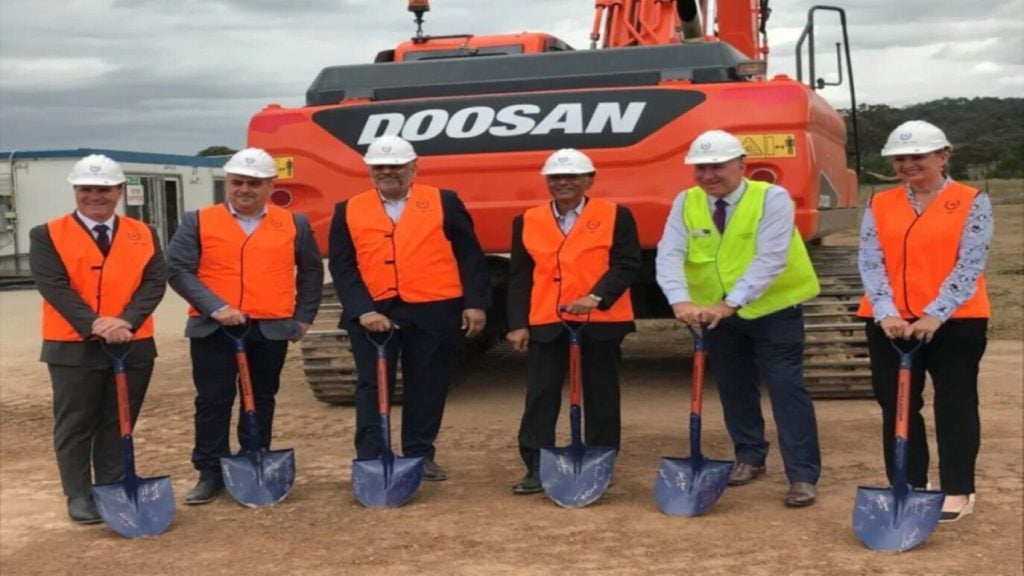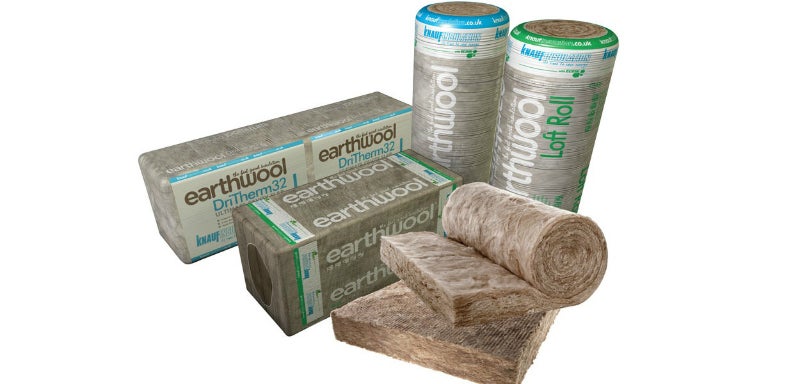
In association with Knauf Insulation, Veolia launched the construction of a closed-loop glass recycling facility. The new facility was built on land owned by Knauf next to its production facility in St Helens, Merseyside, UK.
The recycling plant will source glass from material recovery facilities across the UK, including those owned by Veolia, to produce high-quality cullet. Knauf will use the cullet to manufacture its insulation products.
The facility was constructed at a cost of £10m ($10.79m). It was officially inaugurated in March 2018. The project is expected to generate 18 permanent jobs in the region.
Veolia closed-loop recycling facility details
The new facility is located in an existing building located on a 1.3ha site. The building was modified to house the recycling operations.
A new glass-tipping area with a height of 10.67m and a clad extension was constructed towards the southern end of the building. An insulated roof was built to reduce noise levels.
The building includes a loading area, a processing area and ancillary equipment for the treatment of glass. It also includes a dust extraction system and stack associated with the glass-drying process.
A weighbridge and refurbished welfare block are also built as a part of the facility.
Processing of glass at the new Veolia plant
The St Helens facility is expected to process over 5,000t of separated glass a month. The process requires the separated glass to be hauled by articulated bulkers. The separated glass is then transferred into the glass tipping area onto indoor storage, which has a capacity between 850t and 950t.
The next step involves sorting, which includes three main steps, namely pre-sorting, de-labelling and optical sorting.
A hopper transfers the glass from the storage area onto a magnet, which removes any ferrous material. Larger glass material then goes through a picking cabin, where workers manually remove large contaminants.
The glass and smaller materials are moved through an eddy current separator to remove non-ferrous material.
The next step includes drying, which reduces the moisture content of the glass to 1%. The glass is then de-labeled. Friction is used to remove labels from the glass.
Air separation is then carried out to remove any light material from the glass stream. Non-inert material gets extracted using air knives, zig-zag separators and other types of separators.
The final stage of processing is optical sorting, where non-glass materials such as plastic is separated using optical sorters. The recovered glass is then crushed into smaller fragments (cullet) and supplied to Knauf. Minute fragments of glass are stored separately as they cannot be optically sorted.
Knauf then feeds the cullet into a furnace, which is melted to convert into glass mineral wool used for manufacturing of insulation products.
Benefits of the closed-loop recycling facility
The St Helens facility is a part of Knauf’s sustainability goals and also aims to provide the company with secure supply of insulation material. The facility also aims to save raw materials by replacing its need to use virgin material from quarries.
It will also divert waste from landfill and reduce energy demand and carbon emissions. The process technology used for manufacturing mineral wool insulation from cullet uses lower energy, when compared with traditional methods.
The facility is expected to reduce 12,000t of carbon dioxide emissions, which is equivalent to removing 7,000 cars off the road.

